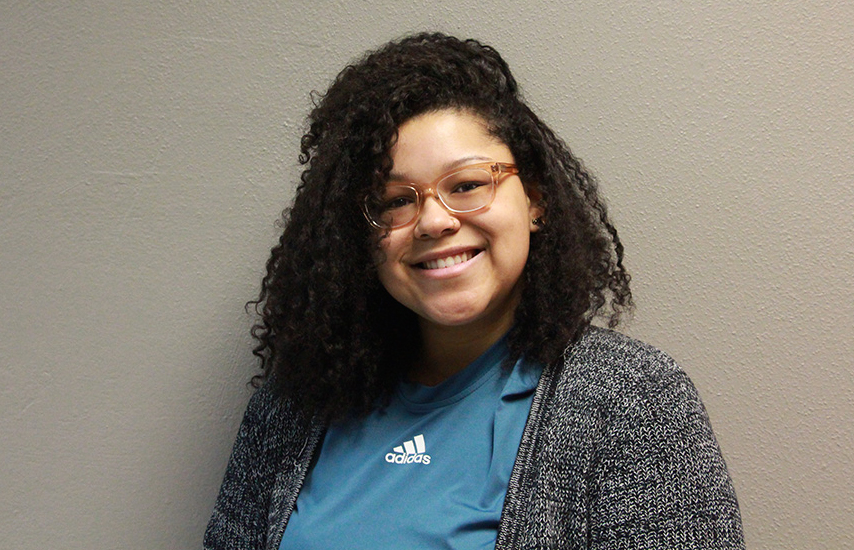
Brands use fake body positivity to sell
In 2018, heated discussion surrounds the topic of representation in the media. Though this often refers to diversity by means of including people of color or people of various sexualities, fat people are often removed entirely from this scenario but deserve positive representation.
This shows that it is ingrained in our society that being overweight is inherently bad. In fact, it has been proven that it is harder for fat people to find a job. If one is fat and a woman, they’re at the even higher disadvantage of being employed at lesser rates. Because of this exclusion, in this day and age, inclusivity is crucial to the success of many media programs. For instance, the blockbuster success “Black Panther” dominated the box office because of its engaging storyline in addition to its diverse cast.
People want to see their media reflected in them, so it seems obvious why a heavier individual would want to identify with a brand who promotes products using people who look like them when they are most often excluded from clothing lines entirely. It’s nice to see one’s values reflected in the brands they consume, and it’s even nicer when one feels like a product or brand is catered to them. Unfortunately, advertisers have caught onto this successful formula and implemented it as a way to prey on the unrepresented to make a profit.
Most recently, Kim Kardashian started promotion of her new perfume using models of varying sizes. Though this is a clear attempt at inclusion, her actions haven’t always mirrored this concept. In the past, Kardashian posted photos of her idealized body as an advertisement and even crafted one of her perfume bottles to imitate her shape. She also recently came under fire for her comments on anorexia and was criticized earlier in the year for promoting appetite suppressant lollipops.
Lifestyle clothing brand Everlane faced backlash when they debuted a new simple lingerie line with plus-size models, but clothing that only went up to an XL. When asked about it on Twitter, they responded that the line was in the works. This was tweeted in December of 2017. In September, of this year, Everlane tweeted that they had added sizes 14 and 16, which are only two sizes above standard straight sizing. Certainly, a plus size line over a year in the making should include a larger size range, or at the very least, an indication that one is in development.
“Body positivity in 2018 rushes right up to the line between aesthetics and politics but puts not one toe over it,” Vox writer Amanda Mull penned in an article on the subject in June.
Four years ago, Aerie made the executive decision to stop the retouching of all of their models, identifying this as their campaign, #AerieReal. In July, this shift was updated to include models with illnesses and disabilities. In addition to that, they have partnered with The National Eating Disorders Association (NEDA) and held sessions to retrain their store associates to most effectively contribute to a judgment-free and inclusive environment within their stores.
A certain level of authenticity is necessary when utilizing these strategies, otherwise, a brand risks alienating the people it so desperately claims it wants to include. Intimates brand Aerie, a sister store of American Eagle is most notably using this marketing in a genuine way. But without authenticity, a system of corporate interests continues to brew by continuing to benefit from a system that has a history of preying on consumers’ insecurities.
When companies post plus size women to boost sales, all they’re doing is upholding a false narrative that “fat is in,” when most clothing lines don’t even go out of their way to include sizes larger than a size 10-12.
